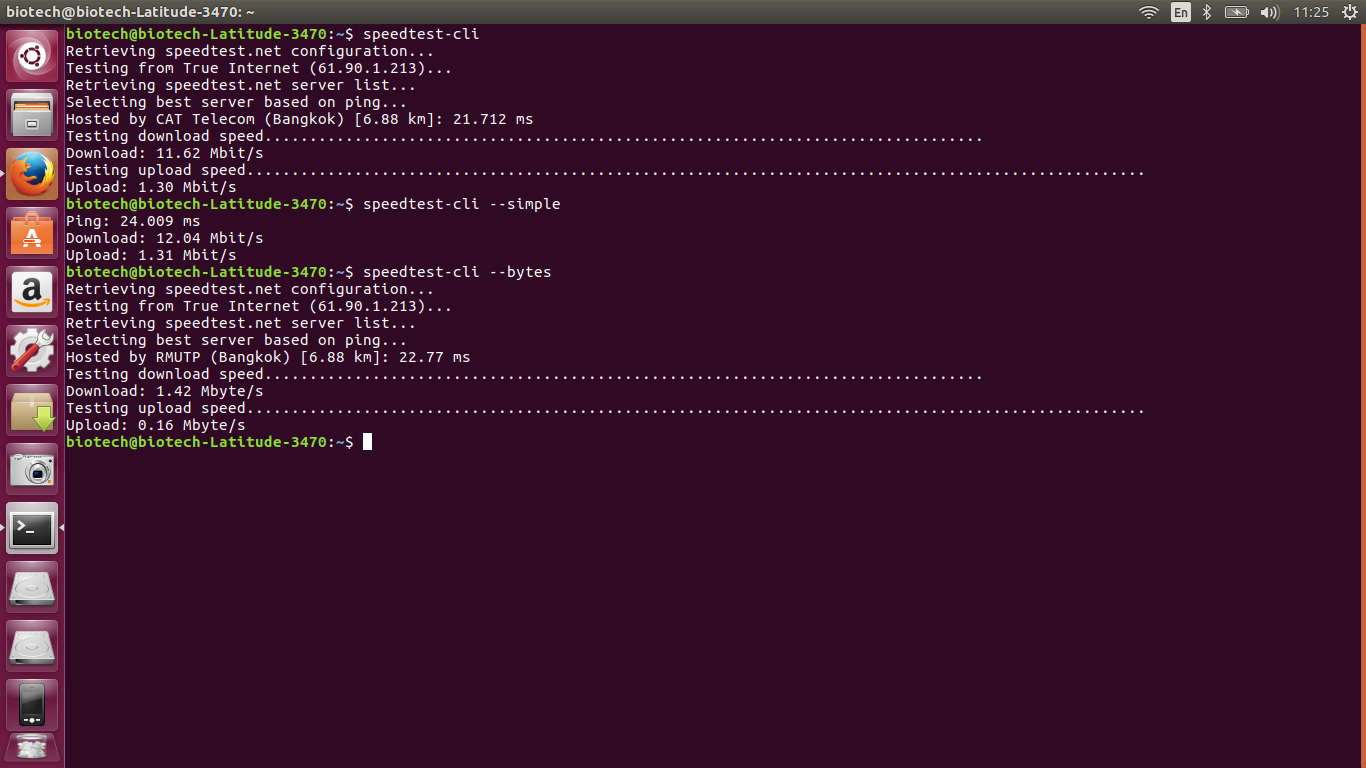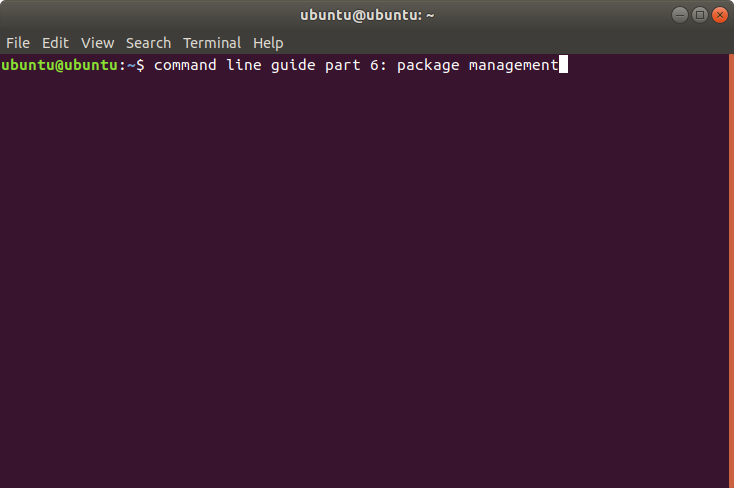

- #Dupeguru ubuntu command line how to
- #Dupeguru ubuntu command line install
- #Dupeguru ubuntu command line manual
- #Dupeguru ubuntu command line free
$ sudo yum install epel-release & $ sudo yum install fslint To install FSlint in Linux, use the following command as per your Linux distribution. It also reports duplicate files, empty directories, temporary files, duplicate/conflicting (binary) names, bad symbolic links and many more.
#Dupeguru ubuntu command line free
FSlint – Duplicate File Finder for LinuxįSlint is a free utility that is used to find and clean various forms of lint on a filesystem. On Arch Linux -ĭupeGuru – Find Duplicate Files in Linux 4.

$ sudo add-apt-repository ppa:dupeguru/ppa

To install dupeGuru in Linux, use the following command as per your Linux distribution. It is customizable, you can pull the exact duplicate files you want to, and Wipeout unwanted files from the system. Its quick fuzzy matching algorithm feature helps you to find duplicate files within a minute. It also allows you to find the filename that is similar to the files you are searching for.ĭupeGuru comes in different versions for Windows, Mac, and Linux platforms. The tool can either scan filenames or content in one or more folders. dupeGuru – Find Duplicate Files in a LinuxĭupeGuru is an open-source and cross-platform tool that can be used to find duplicate files in a Linux system. To get a list of available options to use with fdupes review the help page by running. You will need to enter the file number: Delete Duplicate Files in LinuxĪ solution that is definitely not recommended is to use the -N option which will result in preserving the first file only. $ fdupes -d įdupes will ask which of the found files to delete. $ fdupes -m įinally, if you want to delete all duplicates use the -d an option like this. To gather summarized information about the found files use the -m option. To have fdupes calculate the size of the duplicate files use the -S option. You can also specify multiple directories and specify a dir to be searched recursively. To search files recursively, you will have to specify the -r an option like this. Simply type the command followed by the directory you wish to scan. $ sudo dnf install fdupes įdupes syntax is similar to rdfind. $ sudo yum install epel-release & $ sudo yum install fdupes To install fdupes in Linux, use the following command as per your Linux distribution. It uses the following methods to determine duplicate files: It is free and open-source and written in C. Fdupes – Scan for Duplicate Files in Linuxįdupes is another program that allows you to identify duplicate files on your system.
#Dupeguru ubuntu command line manual
To check other useful options of rdfind you can use the rdfind manual with. $ rdfind -deleteduplicates true /home/user $ rdfind -makehardlinks true /home/userĪnd if you wish to delete the duplicates you can run. When you find the duplicates, you can choose to replace them with hard links. You can review the file and remove the duplicate files manually if you want to.Īnother thing you can do is to use the -dryrun an option that will provide a list of duplicates without taking any actions: $ rdfind -dryrun true /home/user The file contains all the duplicate files that rdfind has found. Here is an example: $ rdfind /home/userĪs you can see rdfind will save the results in a file called results.txt located in the same directory from where you ran the program. To run rdfind on a directory simply type rdfind and the target directory. $ sudo yum install epel-release & $ sudo yum install rdfind To install rdfind in Linux, use the following command as per your Linux distribution.

The last rule is used particularly when two files are found in the same directory. If A was found earlier than B, A is higher ranked.If A was found at a depth lower than B, A is higher ranked.If A was found while scanning an input argument earlier than B, A is higher ranked.Rdfind uses an algorithm to classify the files and detects which of the duplicates is the original file and considers the rest as duplicates. It uses checksum and finds duplicates based on file contains not only names. It is a free tool used to find duplicate files across or within multiple directories. If you are using a new tool, first try it in a test directory where deleting files will not be a problem.
#Dupeguru ubuntu command line how to
In this tutorial, you are going to learn how to find and delete duplicate files in Linux using rdfind and fdupes command-line tools, as well as using GUI tools called DupeGuru and FSlint.Ī note of caution – always be careful what you delete on your system as this may lead to unwanted data loss. This may cause your directories to become cluttered with all kinds of useless duplicated stuff. Often you may find you have downloaded the same mp3, pdf, epub (and all kind of other file extensions) and copied it to different directories. Organizing your home directory or even system can be particularly hard if you have the habit of downloading all kinds of stuff from the internet.


 0 kommentar(er)
0 kommentar(er)
